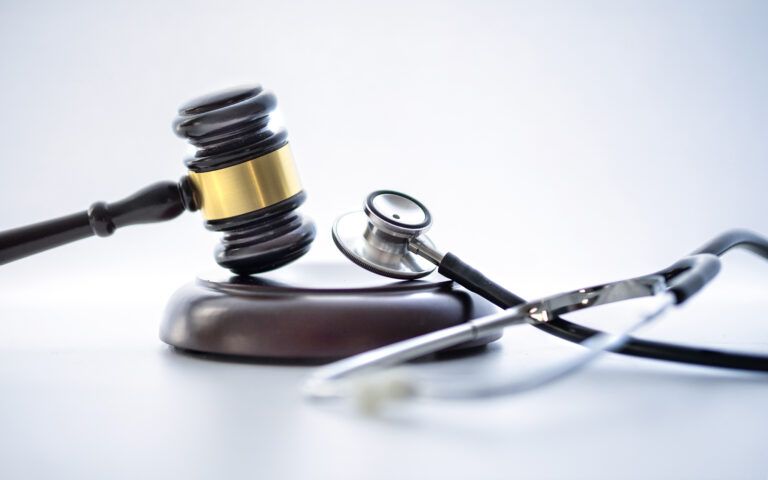It’s no secret that people across the U.S. are struggling with the rising cost of medical care.
Families and individuals face high deductibles, rising inflation, and soaring prescription drug costs.
The cost of medical care is concerning–only one in three consumers are able to pay their medical bills in full immediately. People simply cannot afford to pay their bill on time, and many choose to avoid care altogether.
This is just one alarming statistic from AccessOne’s recent consumer survey, and it paints a hard truth: payment remains a barrier to healthcare access.
The sentiments uncovered in our survey of more than 1,000 consumers leaves healthcare revenue cycle leaders to grapple with how they can support the remaining 72% of people who can’t or don’t pay their bill right away.
Here are the major themes we saw.
Patients Postpone Treatment to Cut Costs
In order to cut back on healthcare expenses, families and individuals are forced to make decisions that jeopardize their health and well-being.
Not only are millennials choosing not to have children, but we also found that Gen Z and millennials were more likely than other demographics to postpone needed care or procedures.
Our survey data showed that 30% of Gen Z and 28% of millennials delayed making preventative doctor’s appointments to cut back on medical spending.
The implications of postponing medical treatment are far-reaching and often counterproductive.
By delaying necessary care, individuals not only risk exacerbating existing health issues but also miss the opportunity for early detection and treatment of new conditions. This can lead to more severe health problems down the line, requiring more intensive and expensive treatments, driving up costs even more.
Our survey clearly illustrates the desperate measures people are willing to take to manage healthcare costs, often to the detriment of their long-term health.
This trend is especially pronounced among younger generations, who may already be facing other financial pressures such as student loans or entry-level wages. It underscores the need for more accessible and affordable healthcare options to ensure that financial constraints do not become a barrier to maintaining good health.
Credit Cards: High Risk, Low Reward
Credit cards are a popular answer for paying for emergencies, but they carry a high degree of risk.
Among our survey respondents, 32% indicated that they have used a personal credit card to pay for a healthcare bill over the last 12 months.
While this may seem rather benign, there is one major problem: personal credit cards used for medical expenses are not covered under the No Surprises Act. This means that charges on this type of card are not considered “medical debt” and are treated just like a charge at your local grocery store.
In other words, if a patient can’t make a timely payment and is hit with an interest charge or penalty, they can expect a range of potential negative financial consequences, starting with a dip in their credit score.
Our survey data paints this exact scenario for many patients. Out of those respondents who had used credit cards to pay for healthcare in the last year, 24% saw a non-promotional interest rate of 15-20%.
This reliance on credit cards for healthcare expenses places many Americans in a precarious financial position. The high interest rates associated with credit cards can quickly turn a manageable bill into an overwhelming debt. Also, the longer the debt remains unpaid, the more the interest accrues, making it even harder to pay off.
It’s a vicious cycle that can lead to long-term financial instability.
Fixing the Patient Experience
It’s one thing to pay for a product that patients need and want. It’s another entirely to pay for a necessity—healthcare—only to be disappointed by the experience.
Customer satisfaction is increasingly tied to medical care affordability. When questioned on their satisfaction with healthcare provider payment options, 17% of AccessOne’s survey respondents are dissatisfied.
The connection between patient satisfaction and the financial aspects of healthcare is clear and significant. The dissatisfaction expressed by a notable portion of survey respondents reflects a broader issue in the healthcare system: the struggle to balance the financial burden of medical care with the quality of the patient experience. This dissatisfaction is not merely about the cost, but also about the lack of viable payment options that consider the patient’s financial situation.
Offering patient-friendly financing options has a direct impact on healthcare accessibility. When given a patient financing payment plan ahead of seeking care, patients are 66% more likely to seek and get the care they need.
The data indicating that patients are significantly more likely to seek necessary care when they have a clear, manageable payment plan in place highlights the importance of financial transparency and flexibility in healthcare. This approach not only improves patient satisfaction but also encourages timely medical attention, which can lead to better health outcomes and potentially lower overall healthcare costs.
Patients want financial transparency, an easier way to pay (e.g., no more paper bills), and options to manage healthcare spending without predatory conditions.
Give Patients the Options They Need
Healthcare spending is only expected to increase.
While this is inevitable, people deserve a better patient experience than having to choose between emptying their savings/taking on crushing medical debt/buying groceries or making an appointment for medical care.
At AccessOne, we believe that a successful balance of healthcare and payment is possible. Providers can take action now to improve the financial experience of their patients–as well as their own financial outlook.
Want to learn more? Get all the data along with three key actions for your healthcare organization by downloading the full survey.


